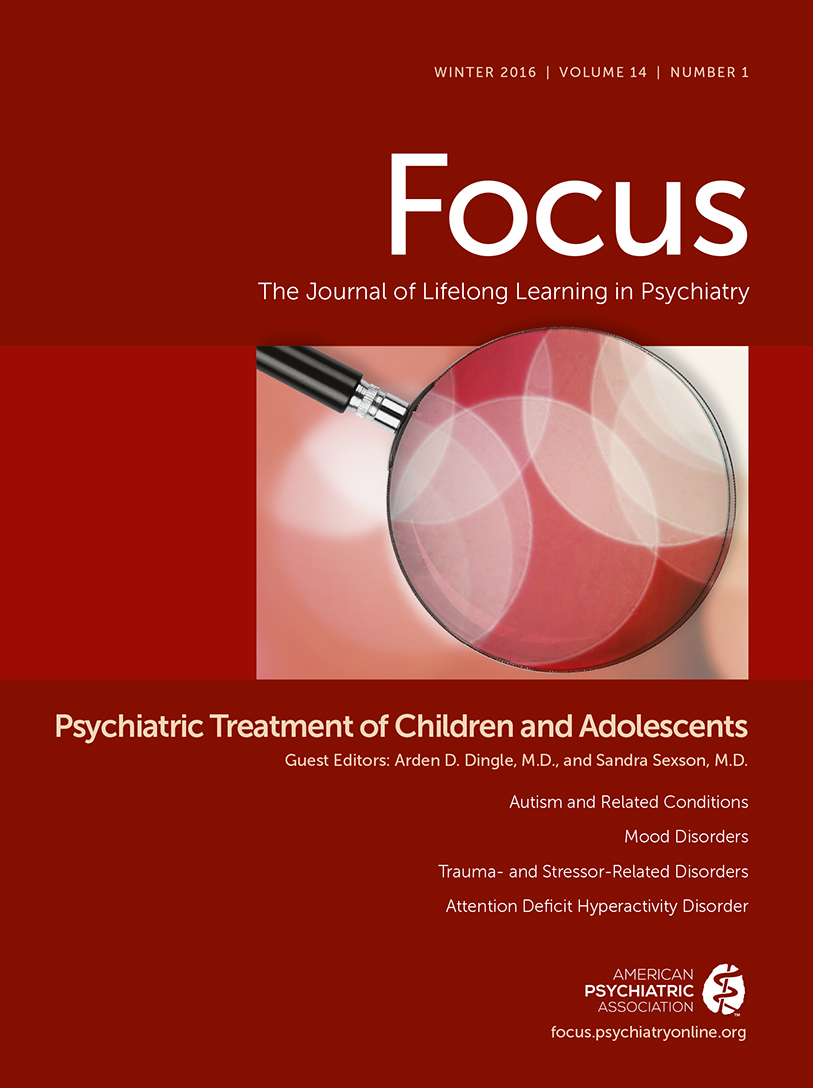Attention-Deficit Hyperactivity Disorder Across the Lifespan
Abstract
Up to 10% of school-age children have attention-deficit hyperactivity disorder (ADHD), which often persists into adulthood. ADHD can be associated with significant comorbidity of disruptive, mood, and anxiety disorders. Although many children with ADHD have good long-term outcomes, a significant subset has substance abuse, antisocial behavior, and mood disorders as adults. Pharmacotherapy with stimulants, atomoxetine, and alpha-agonists is highly effective in the short term; behavior therapy is valuable as an adjunct to medication or to address comorbid conditions. Multiple genes each likely contribute small effects to the risk of ADHD. Neuroimaging studies suggest that individuals with ADHD have insufficient activation of cortical attention networks, reduced activity of ventral striatal reward systems, and dysregulated control of the default mode network. No neuroimaging technique is yet useful clinically. More long-term studies of both medication and psychosocial interventions are needed to improve outcomes.



